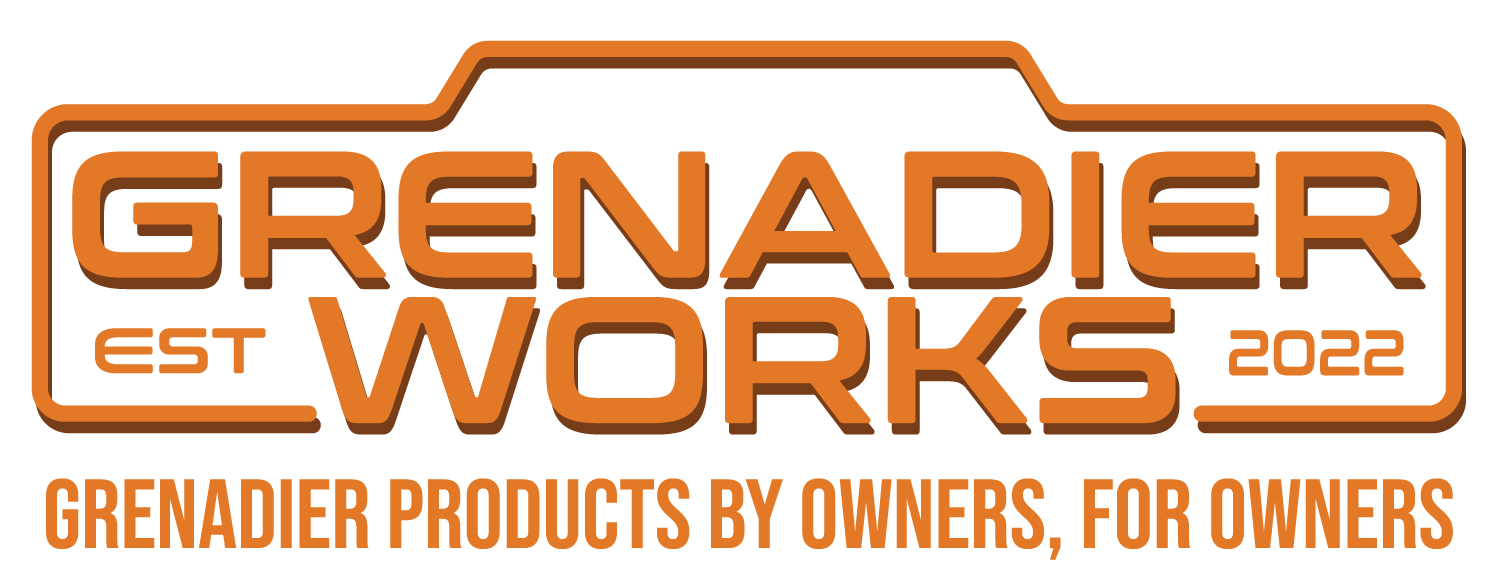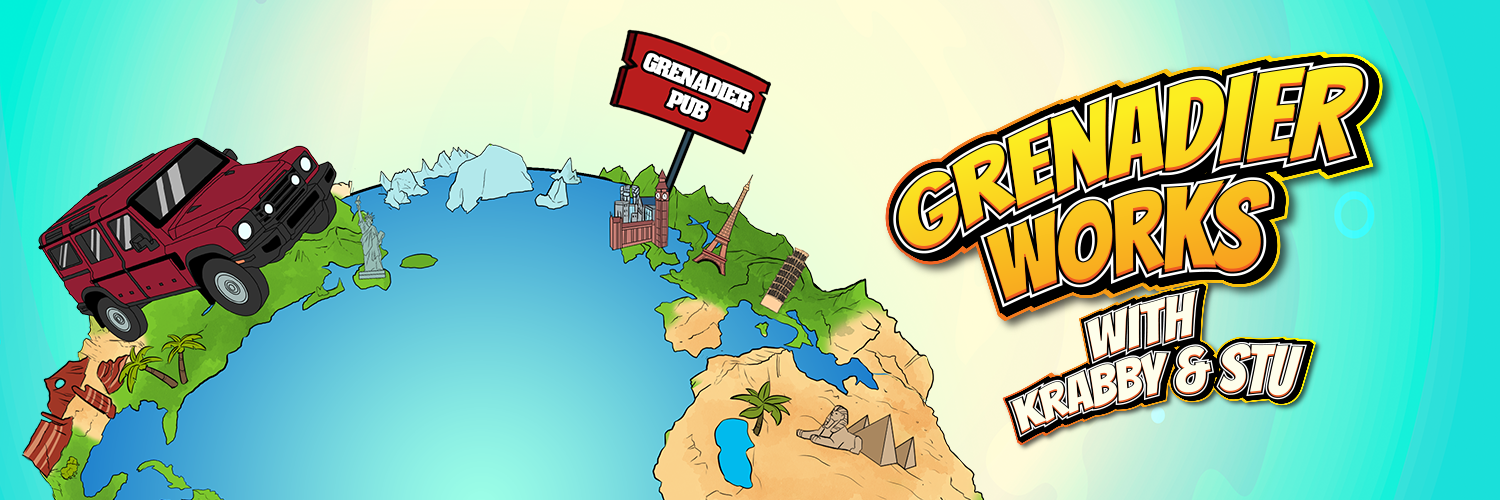Hi All, been reading watching for awhile.
Mine failed 24 Trailmaster, 17000k's Eibach lift (35mm) all done at Expedition HQ when the vehicle was new (i suspect pre-delivery, i bought it used)
managed to get a new one done under some deal worked out between ExpHQ, Ineos and the local dealer
this was approx 5000k's ago, no sign of failure as yet, i have done a few weekends mild to hard 4wding
I was advised when it was replaced that this wont happen again, i wont say by who but they hinted at a new rubber design.
Still makes me nervous though and i check regularly
I have a big trip coming up to the Vic High country at Christmas, im thinking about grabbing a jeep JL\JT Rzeppa joint as a spare
are these still the best option?
Mine failed 24 Trailmaster, 17000k's Eibach lift (35mm) all done at Expedition HQ when the vehicle was new (i suspect pre-delivery, i bought it used)
managed to get a new one done under some deal worked out between ExpHQ, Ineos and the local dealer
this was approx 5000k's ago, no sign of failure as yet, i have done a few weekends mild to hard 4wding
I was advised when it was replaced that this wont happen again, i wont say by who but they hinted at a new rubber design.
Still makes me nervous though and i check regularly
I have a big trip coming up to the Vic High country at Christmas, im thinking about grabbing a jeep JL\JT Rzeppa joint as a spare
are these still the best option?



